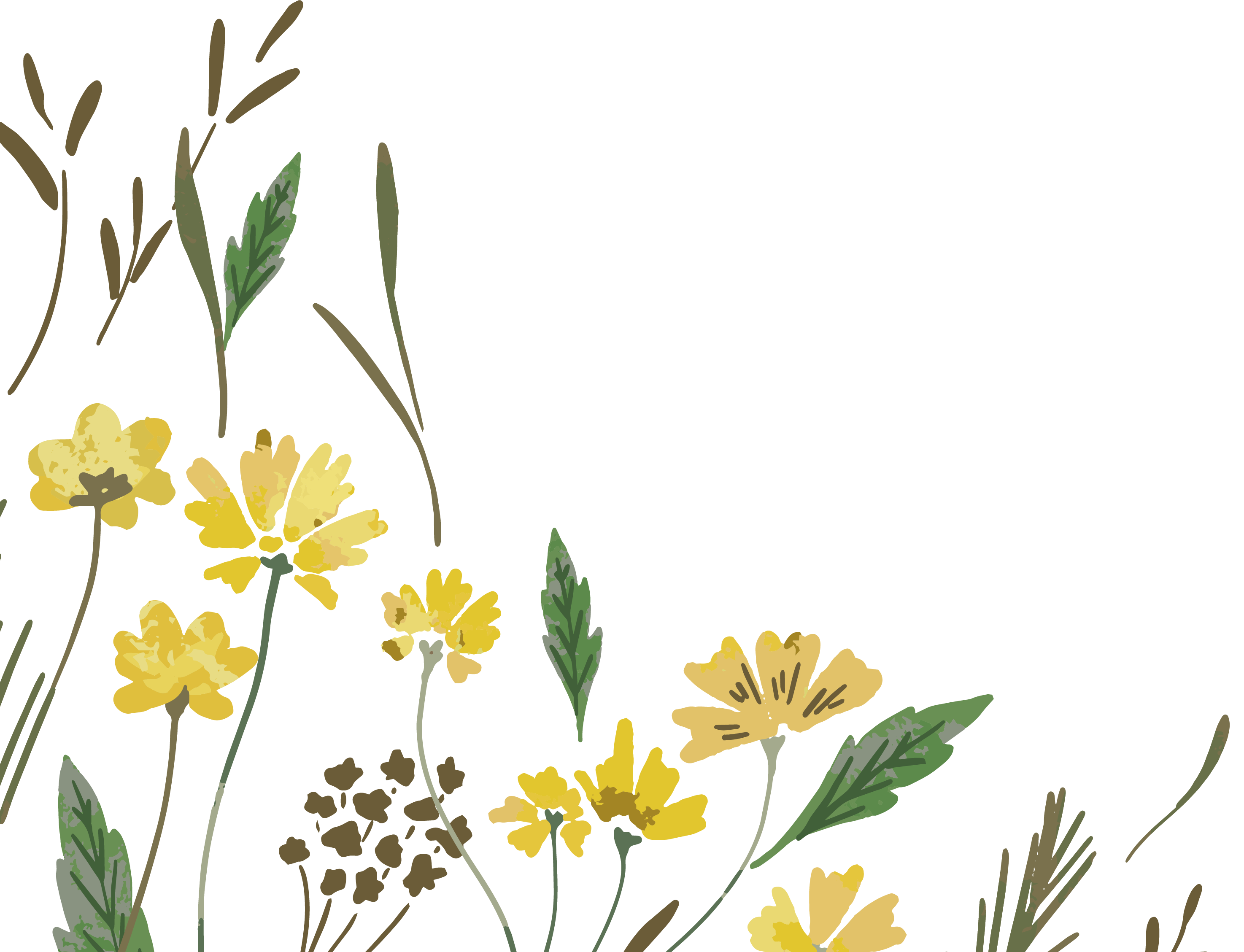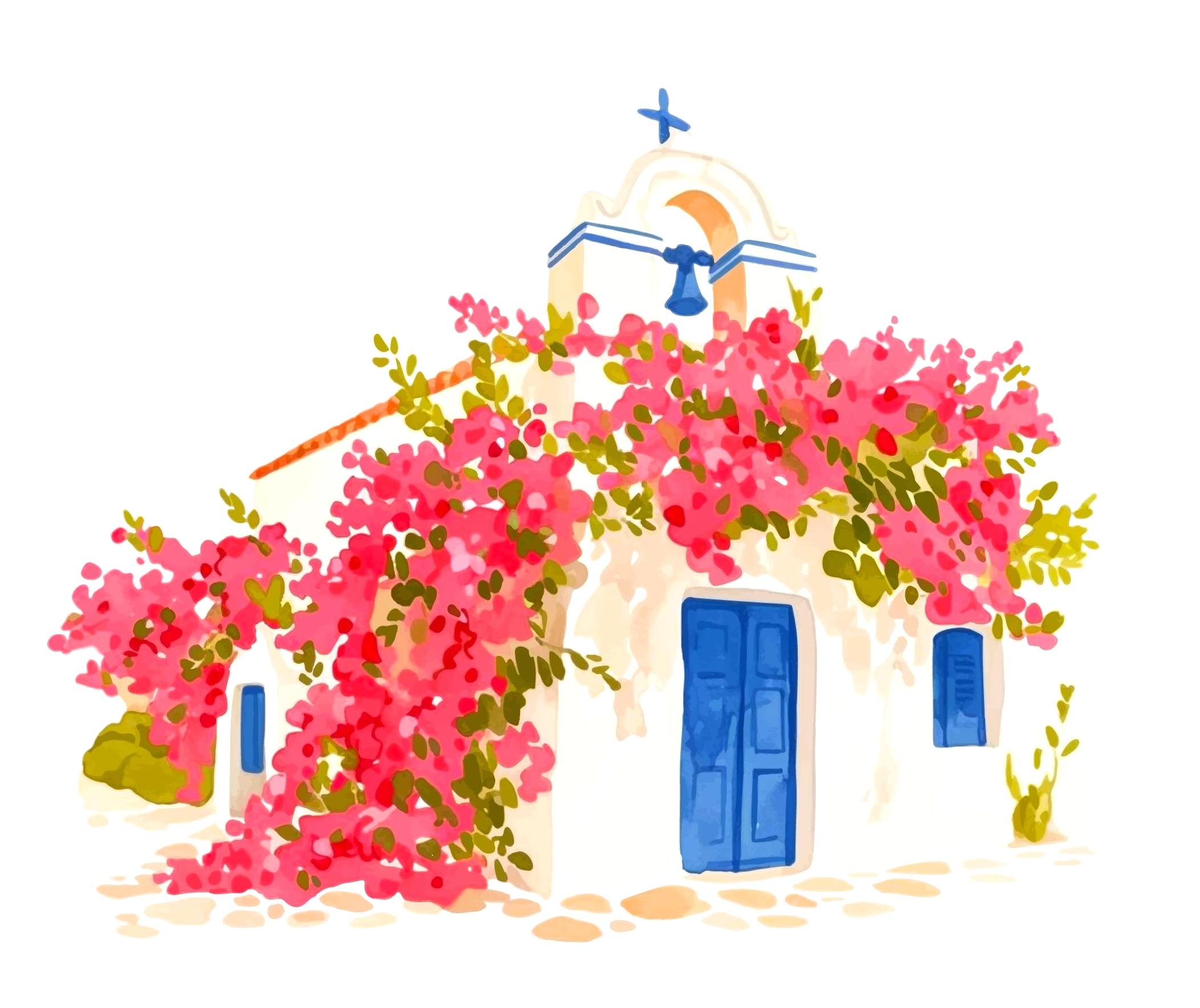Danielle & Konstantinos

Decoding Greek Weddings

As you may know...
Konstantinos is Greek Orthodox while Danielle is Catholic
Luckily (and to our surprise) religious marriages between Greek Orthodox and Roman Catholic couples are allowed. We will be marrying in a traditional Greek Orthodox ceremony. We thought we’d write up this page as the ceremony will be in Greek. Traditionally there are no service sheets or hymns, no ushers, and no guides to what’s going on. The congregation generally stands throughout the wedding ceremony, crowding round the couple.
Before the wedding...
is the Pre-Wedding.
Typically, the bride goes through a pre-wedding ceremony, which involves her friends remaking her bridal bed three times, and throwing lucky charms onto the bed to ensure wealth, health and fertility (so nuts and seeds, coins, or even babies..!) Another fun tradition is the custom of the bride inscribing the names of all her unmarried female friends on the base of her shoes: the names that will have rubbed out by the end of the evening will be married shortly! The groom also goes through his own ‘pre-wedding’ ceremony in which he is shaved (face only!) by his friends. The party would normally start at the groom’s house, with a band of musicians, leading the groom to the bride’s house and taking her to the church. However, we are not doing this. Konstantinos will meet and lead everyone into the church, to await Danielle.
As the name suggests...
Greek Orthodox ceremony has remained the same for centuries
It consists of two main parts: the Betrothal Service and the Marriage Ceremony.
The First Step...
...is the Betrothal Service
The priest asks the bride and groom at the church door whether they come of their own free will. Then he leads them into the church to the altar. He blesses the rings (presented by the best man or ‘Koubaros’). The priest places the rings on the right index finger of the bride and groom (unlike the Catholic custom of placing the ring on the left finger). This is because the right is considered to be the righteous way - the hand of goodness - rather than the sinister left (!) The best man (Koubaros) and bridesmaid (Koubara) swap the ring three times between the couple, symbolizing that their lives are entwined forever. The priest will then seal the rings on their fingers by chanting a prayer and placing his vestment over their crossed hands. The act of doing things three times echoes the belief in the Holy Trinity of Father, Son and Holy Ghost.
And then comes...
...the Marriage Ceremony
The priest hands the bride and groom lit candles to hold throughout the rest of the ceremony. Nowadays, instead of holding candles, most couples prefer to have two large standing candles. The lit candles represent Jesus Christ, the Light of the World, Who will light and bless the couple in their new life together. The ceremony continues with the crowning of the couple. The priest holds the wedding crowns (known as 'Stefana' and offered as a gift by the Koubara) and makes the sign of the cross with them three times over the bride and groom. The wedding crowns are tied together, representing the joining of two souls and that the couple are ready to create their own household, their own ‘kingdom’ (hence the crowning - we get to be king and queen for the night!). The groom and bride kiss the crowns before they are placed on their heads, and the Koubaro/a switches the ‘Stefana’ back and forth, three times. Couples keep their “Stefana” in their household (usually in a special box, near an icon, in their bedroom) for the rest of their married life together.
A feminist tweak to tradition
(appropos since the bride is a gender studies PhD scholar!)
Once the couple are crowned, Bible readings will be chanted by the priest and cantor about the responsibilities and duties of marriage (in a form of Byzantine Greek that most Greeks do not understand). At one point the priest says, “And the wife shall revere her husband”. At this moment, the bride steps on the groom’s foot to show that she is independent and that she will not be ‘governed’ by him. It is considered a fun moment between the couple, and everyone waits for this moment.
The ceremony continues...
(yes, it's quite long!)
The bride and groom drink red wine (blood of Christ) from the same cup and eat honey with nuts or bread from the same spoon/ loaf, signifying that the couple are ready to share sorrow and happiness together. Then the priest leads the bride and groom through the ‘Dance of Isaiah’. The priest holds the bible and leads the couple around the table three times. The best man follows holding the ribbon of the ‘stefana’. This represents the couple’s first steps together following the Word of God (the Bible) as they start a new life together, while the circularity symbolises the eternity of marriage (much like a ring). The ‘Dance of Isaiah’ is also the part in the ceremony in which guests usually throw rice over the couple to wish them a happy and long-lasting marriage. You will be able to collect a handful of rice at the entrance to the church. However, We will have the throwing of rice once we exit the church to save the extra work of cleaning.
And we near...
...the end of the ceremony.
The priest lifts the crowns from the heads of the couple and uses the Bible to ‘uncouple’ the bride and groom’s joining hands, meaning that only God is able to divide the couple (so not ‘‘til death do us part’ - even in death, couples remain joined). After the ceremony, the guests leave the church and wait for the newlyweds - to throw rice and congratulate the couple. If you would like to do this in Greek... "Na zisei i nifi kai o gambros, koumbaros kai koumbara" (May the bride and groom as well as the best man and bridesmaid live a happy and prosperous life) This is the wish that all the guests make towards the couple and the best man and bridesmaid, as well as wishing the couple many off-springs. And of course, the couple returns these wishes to their single friends that they marry soon. "Kai sta dika sou" (And to you). The newlyweds thank all the guests for their presence by distributing ‘bonbonieres’ with candies called “koufeta”. The number of candies should be odd - usually three, five or seven - symbolizing that the couple can never be divided.
On to the....
Party!!!
After the ceremony, we will head to the reception at Portaria Hotel. The guests are encouraged to walk through the beautiful village to the reception where you will be served drinks and snacks. Meanwhile, the couple will have professional photographs taken before arriving at the venue. Greek wedding begin with the Wedding DInner, followed by a long night of partying (generally till the wee hours). The party will get started with both the bride and groom leading a dance, followed by their families and the koumbaro and koumbara. The other wedding guests will then be invited to the dance floor. We will have a mix of Greek, English (and maybe even Goan!) wedding music. During the party, there is one point when the music stops and the bride calls all the single ladies on the dance floor and throws her bouquet towards them! The lucky one who catches it is the next in line to get married.